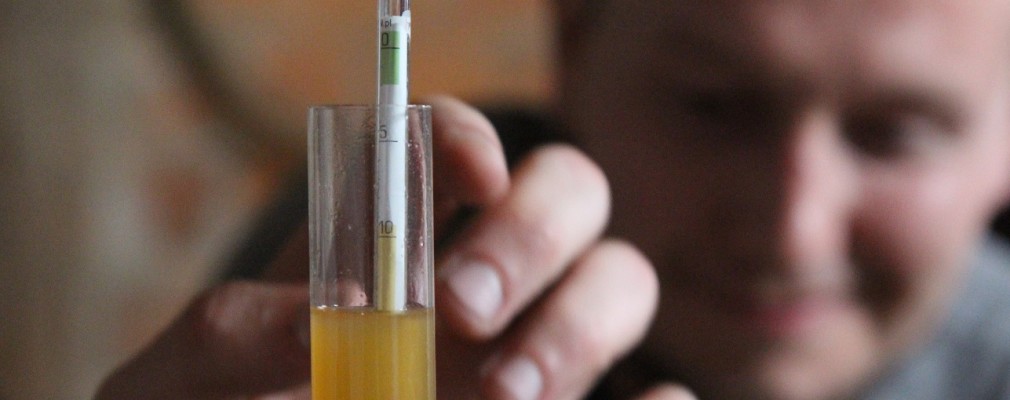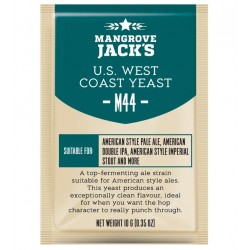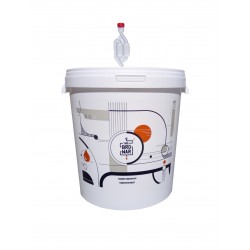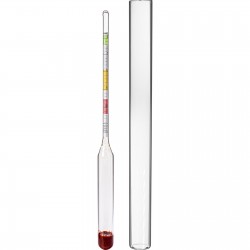Cart 0 Product Products Amount:
(empty)
(empty)
Your cart
Your cart
Together:
No products
To be determined Shipping:
0,00 zł Total:
Product successfully added to your shopping cart (There are 0 items in your cart.) (There is 1 item in your cart.)
Product:
Quantity:
Total:
Total products
Total shipping To be determined
Total

Blog categories
Do you want to start brewing beer at home but don't know anything about it? Check out our blog. We share our knowledge with those who take their first brewing steps, as well as with those who already brew. Home brewing is not difficult!
Top sellers
-

-

-

-

Muslin hop boiling bag 1 piece
Reusable muslin mesh. Perfect for cooking hops and other spices, cold...
4,50 zł -


0
4810
Data publikacji:
27
SEP
2022
Gravity not droping, how long to ferment beer?
The end of the first fermentation is the stage in which the sugar level, measured with a hydrometer, stops falling. The average period of measurements is 48 hours. So we measure the density, e.g. on Monday we save the reading and compare it with the reading made on Wednesday. If the indicated Plato/BLG value on the hydrometer has not changed, we assume that the first fermentation is complete. However, questions arise very often, what should this Plato/BLG value be at the end of beer fermentation? Should it drop to zero or should it be higher and what does it mean in practice?
Udostępnij:
COPYRIGHT 2020 Twój Browar ALL RIGHTS RESERVED Design and implementation dih.pl




















Dodaj komentarz
0 komentarze